Environment
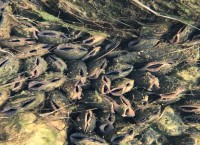
Water Quality and the Freshwater Pearl Mussel
Water Quality and the Freshwater Pearl Mussel The freshwater pearl mussel (Margaritifera margaritifera) is a large filter-feeding bivalve. European freshwater pearl mussel populations have declined by 90 % over the past century. Mary McAndrew, Catchment Officer Pearl Mussel Project gives information on this long lived creature. Freshwater pearl mussels are extremely long […]
25 March 2021
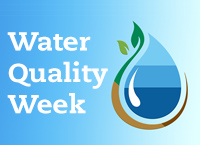
The importance of trees in Ireland
The importance of trees in Ireland Ireland’s waterways evolved in tandem with our native woodlands. Of the 16,000 townlands in Ireland 14,000 have names related to trees, forests and water. Farm forests are known to reduce the leaching of nutrients from agricultural soils Ireland’s relationship with trees run over millennia. From the […]
25 March 2021
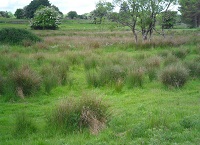
MCPA and rushes
MCPA and rushes In 2020 MCPA commonly used to control rushes was responsible for 46 out of 91 detected pesticide breeches. MCPA is water soluble, it does not bind to soil particles and therefore more prone to leaching and run-off to nearby waterbodies. Mary Roache, ASSAP Advisor Mayo, talks about Rush Spraying […]
25 March 2021
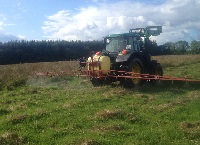
Best Practice use of pesticides
Best Practice use of pesticides Monitoring of drinking water in Ireland continues to detect exceedances above the standard for certain herbicides. The chemicals causing greatest problems are MCPA (Agritox, Mortone, etc) and 2,4-D (Bandock EW, Mortox 50 etc). They are highly soluble in water. Kieran Kenny ASSAP Advisor has more The chemicals […]
25 March 2021
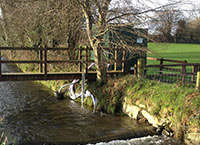
Pesticides and losses to water
Pesticides and losses to water What happens to pesticides after application? TEAGASC researchers have monitored the concentrations of commonly used herbicides in two agricultural river catchments as a part of the EU Horizon 2020-funded WaterProtect. Per-Erik Mellander, Catchment Scientist, has details of this on-going monitoring Monitoring in the Agricultural Catchments Programme Modern […]
25 March 2021
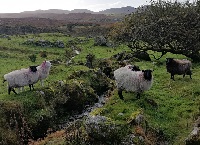
Best practice on spent sheep dip and footbath solutions
Best practice on spent sheep dip and footbath solutions The practice of sheep dipping in summer or winter or both, is an important annual practice on sheep farms. Sheep dips, such as Organophosphates and Pryrethroids, are extremely effective but must be safely disposed of afterwards to protect aquatic life, as Shaun Roarty, […]
25 March 2021
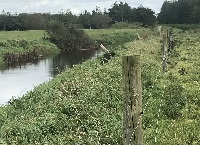
What is a Riparian Margin & what can it do for Water Quality?
What is a Riparian Margin & what can it do for Water Quality? A Riparian Margin is the land that runs alongside our rivers and streams. Here, Fiona Doolan, Teagasc ASSAP Advisor, Co. Laois, talks about a variety of riparian margins. She explains the benefits of a riparian margin on water quality […]
24 March 2021
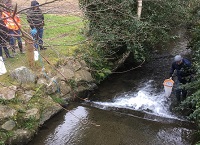
Managing Soil Phosphorous for Water Quality
Managing Soil Phosphorous for Water Quality Phosphorus is an essential nutrient particularly when it comes to crop establishment. Eddie Burgess, Catchment Specialist with the Teagasc Agricultural Catchments Programme speaks more about managing soil phosphorus for water quality. Phosphorous is an essential element and is of particular benefit for crop establishment. Unfortunately phosphorous […]
24 March 2021

SMARTER_BufferZ
SMARTER_BufferZ Riparian buffer zones are patches of land adjacent to rivers, streams and drains, removed from intensive production. When designed correctly, they play a significant role in the reduction of diffuse inputs from agriculture entering our waterbodies. Buffer zones provide a variety of environmental and ecological services, including: a habitat for biodiversity […]
24 March 2021
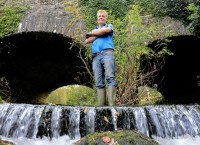
The Caha Project
The Caha Project The Caha Project is a project where nine farmers have come together to protect a section of their local river. This length of river is particularity important as it has been identified as having a High Status Objective and is a Priority Area for Action under the Water Frameworks […]
24 March 2021
